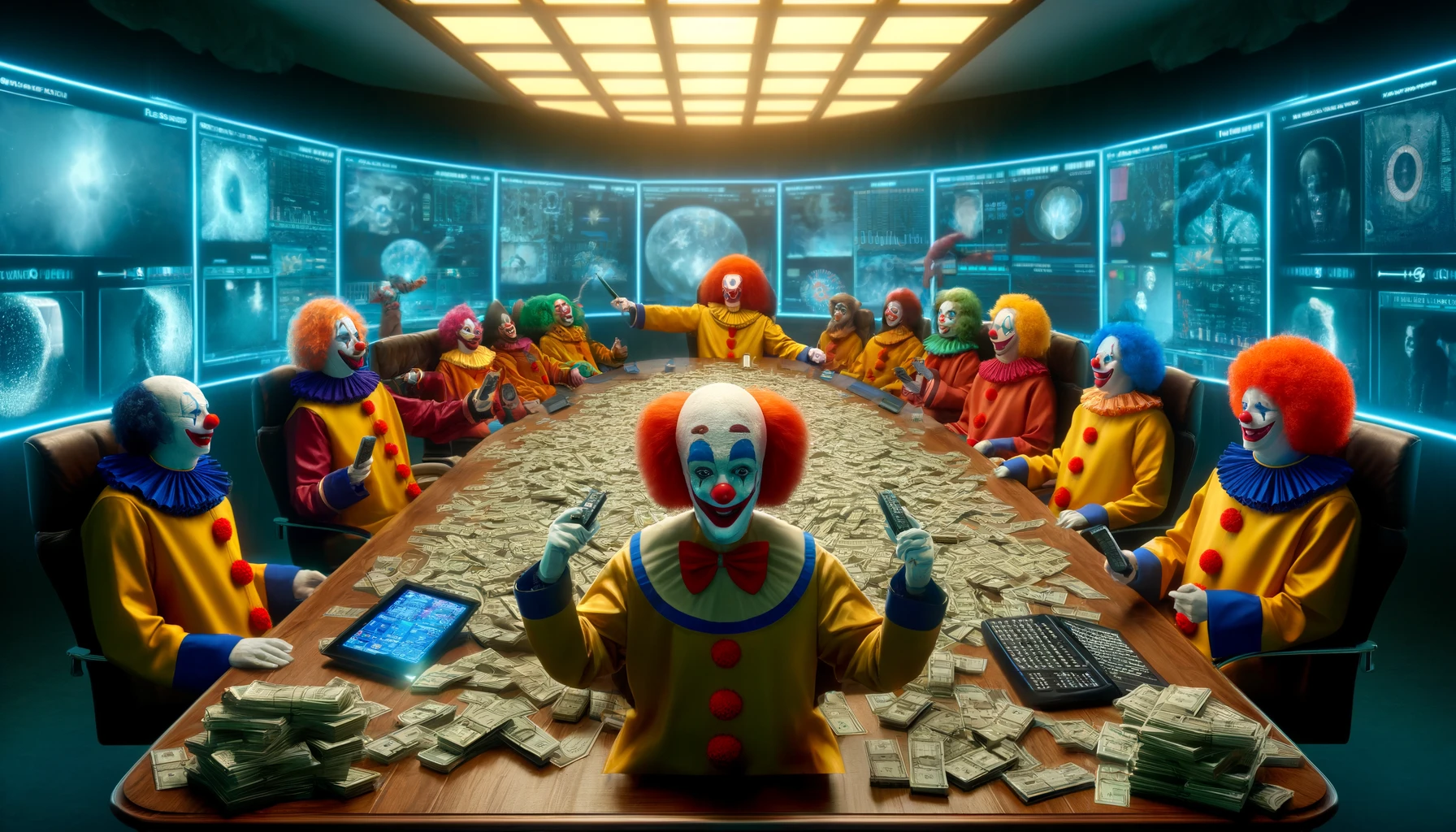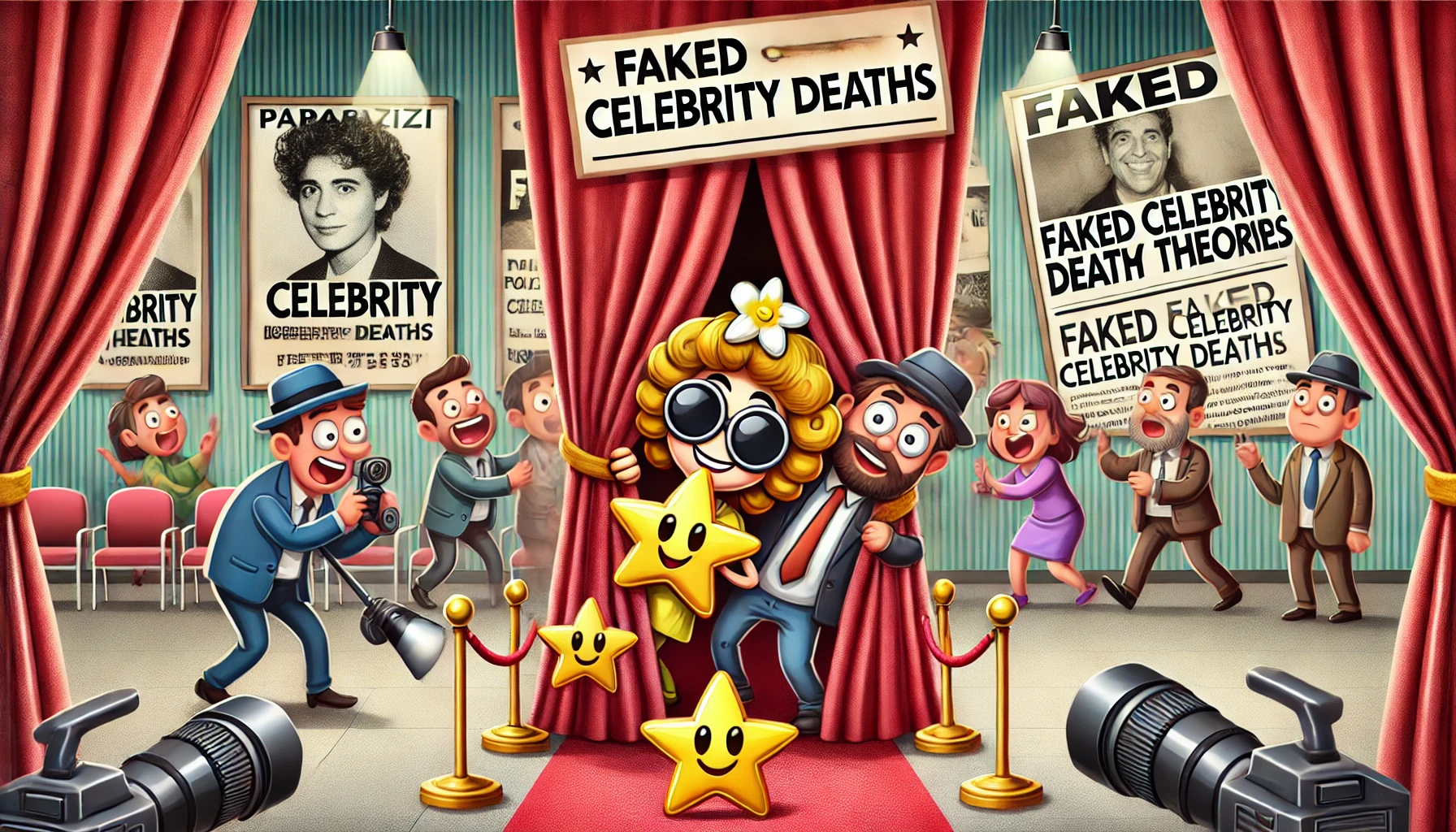
Antarctica Secrets: A Comprehensive Examination of the Conspiracy Theory
Introduction
Antarctica, the southernmost continent, has long captivated the human imagination with its vast, icy expanse and mysterious allure. Due to its remote location and extreme conditions, Antarctica has become fertile ground for a myriad of conspiracy theories. These speculations range from hidden Nazi bases and ancient civilizations to secret government installations and extraterrestrial activity. This article explores the origins, evidence, and counterarguments of the Antarctica secrets theory, examining its cultural impact and the reasons why these ideas endure.
Background and History
Antarctica was first sighted in the early 19th century and has since been the subject of scientific exploration and international treaties. The Antarctic Treaty, signed in 1959, established the continent as a scientific preserve, banning military activity and promoting international cooperation. Despite its focus on peaceful research, the continent’s isolation and the restricted access have fueled various conspiracy theories.
Among the most popular theories are claims of hidden Nazi bases established during World War II, the remnants of an ancient advanced civilization buried under the ice, secret government installations conducting undisclosed research, and the presence of extraterrestrial beings or their technology.
Main Arguments and Evidence
Proponents of the Antarctica secrets theory present several key arguments, supported by various types of evidence:
Nazi Bases: Some theorists claim that Nazi Germany established secret bases in Antarctica during World War II. They argue that the Nazis were conducting advanced research and that remnants of these bases still exist today.
Ancient Civilizations: Another popular theory suggests that an ancient advanced civilization, possibly linked to the mythical lost city of Atlantis, is buried under the Antarctic ice. Proponents point to alleged satellite images showing structures beneath the ice and ancient maps depicting ice-free Antarctica.
Secret Government Installations: There are claims that various governments, particularly the United States, have secret bases in Antarctica conducting undisclosed research. This includes speculation about advanced technology, biological experiments, and clandestine operations.
Extraterrestrial Activity: Some theories propose that Antarctica is a hub for extraterrestrial activity. This includes the presence of alien bases, crashed UFOs, and ancient alien technology. Proponents often cite unusual phenomena and alleged whistleblower testimonies as evidence.
Restricted Access and Secrecy: The limited access to Antarctica and the stringent regulations governing its exploration are seen by theorists as indicative of hidden activities. They argue that the secrecy surrounding the continent suggests that something significant is being concealed.
Impact and Cultural Significance
The Antarctica secrets theory has had a significant impact on popular culture and public imagination. It has inspired numerous books, documentaries, and online discussions. The theory reflects broader societal interests in unexplored frontiers, hidden knowledge, and the potential for extraordinary discoveries.
The idea that Antarctica might harbor secrets resonates with those who are fascinated by the unknown and skeptical of official narratives. It provides a framework for exploring and questioning the limits of human knowledge and the potential for hidden histories and technologies.
Counterarguments and Debunking
The Antarctica secrets theory has been extensively scrutinized by scientists, historians, and skeptics. Here are the key counterarguments:
Lack of Concrete Evidence: Despite numerous claims, there is no concrete evidence to support the existence of hidden Nazi bases, ancient civilizations, or extraterrestrial activity in Antarctica. The evidence presented is often speculative, anecdotal, or based on misinterpretations of satellite images and maps.
Scientific Exploration: Antarctica has been the focus of extensive scientific exploration and research for decades. Thousands of scientists from around the world conduct studies on the continent, and their findings are published in peer-reviewed journals. These studies have not revealed any hidden bases or ancient civilizations.
Historical Context: The idea of Nazi bases in Antarctica is largely based on myths and misconceptions. While Nazi Germany did conduct expeditions to Antarctica, there is no credible evidence that they established secret bases or conducted advanced research there.
Geological and Climate Evidence: The geological and climate history of Antarctica, as understood through scientific research, does not support the existence of a lost civilization buried under the ice. The continent has been covered in ice for millions of years, making the survival of any advanced civilization highly unlikely.
Psychological Explanations: Belief in Antarctica secrets can be explained by psychological factors, such as the allure of the unknown, the desire for adventure, and cognitive biases like pattern recognition and confirmation bias. These factors can lead people to see connections and conspiracies where none exist.
Conclusion
The Antarctica secrets theory remains one of the most captivating and enduring conspiracy theories. While the evidence supporting these claims is largely speculative and often misinterpreted, the theory continues to resonate with a segment of the population. Scientific scrutiny, historical context, and geological understanding present significant challenges to the hypothesis, but the fascination with hidden knowledge and unexplored frontiers persists.
Rebuttal or Additional Insights
Despite extensive debunking efforts, the belief in Antarctica secrets persists, suggesting that there may be elements of social and psychological factors worth exploring. For instance, the appeal of this theory can be linked to broader mistrust in institutions and a desire for individuals to feel they possess secret or superior knowledge. This phenomenon underscores the importance of critical thinking and scientific literacy in navigating complex information landscapes.
Furthermore, the psychological and sociological aspects of the Antarctica secrets phenomenon are worth considering. The human mind is adept at pattern recognition, and in the absence of clear evidence, people may fill in the gaps with existing myths and stories. The cultural significance of the Antarctica secrets theory, as a symbol of exploring the unknown and questioning established knowledge, plays a role in perpetuating the legend.
Moreover, the persistence of belief in Antarctica secrets highlights the need for effective communication and education. Addressing the underlying desires and misconceptions that lead people to embrace such theories is crucial for fostering a well-informed public. Engaging with believers in respectful and open dialogue can help bridge gaps in understanding and promote a more nuanced appreciation of scientific exploration.
The Real Exploration
Beyond the fascination with Antarctica secrets lies a deeper and more profound journey: the exploration of consciousness. Engaging in practices such as meditation, mindfulness, and sadhana can lead to transformative insights and profound self-understanding. The Shankara Oracle, a powerful tool for spiritual insight, can help individuals navigate this inner journey, offering clarity and perspective that surpasses the allure of conspiracy theories.
This path encourages seekers to look within, to question their own beliefs, perceptions, and the nature of reality. By exploring the depths of one’s consciousness, one can find answers to the most fundamental questions about existence, purpose, and the universe. The real adventure, then, is not just in questioning the mysteries of Antarctica but in uncovering the vast, uncharted territories within ourselves.
Furthermore, it is important to acknowledge that we are all living in a temporary fiction, a transient reality that we will leave behind when we die. None of what we believe we are is eternal, and the illusions we become attached to will fade away. This understanding invites us to look beyond our fears and fantasies, recognizing that the ultimate truth lies beyond the ephemeral concerns of the material world.
In conclusion, while the evidence overwhelmingly supports the scientific and historical understanding of Antarctica, the Antarctica secrets theory highlights important discussions about skepticism, critical thinking, and the exploration of human consciousness. It is crucial to approach the Antarctica secrets phenomenon with both skepticism and an open mind, considering the broader implications and the enduring allure of the mysterious and unexplained. This balanced perspective allows us to appreciate the rich tapestry of human imagination while grounding our understanding in scientific inquiry and critical thinking. Ultimately, the most profound exploration lies within, where the true nature of consciousness and reality awaits discovery.
Get The Shankara Oracle and dramatically improve your perspective, relationships, authentic Self, and life.











